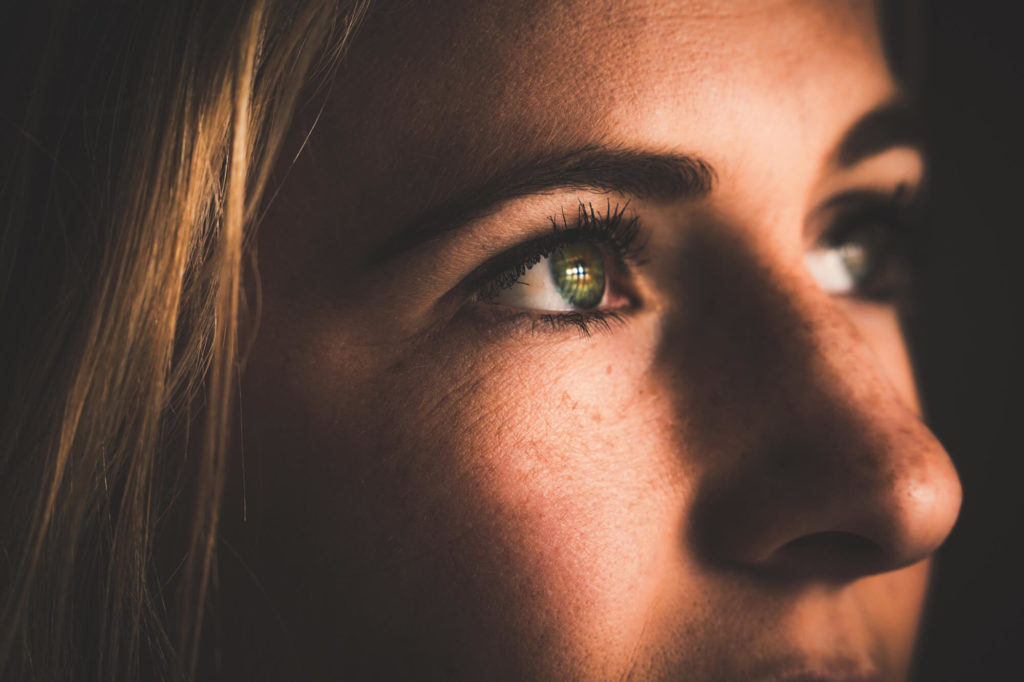An eye allergy is an adverse response that occurs when some irritating substance may come in contact with your eyes. This irritation may be due to smoke, dust, or pollen, as all these are allergens.
You may experience eye discharge due to excess fluid in the eye. It may be watery, clear, and transparent like tears. Eye allergies are due to a malfunction of your immune system.
Eye Allergic Diseases
Here are some of the common eye allergic diseases that you should know.
Seasonal & Perennial Allergic Conjunctivitis (SAC)
It’s the most common eye allergy disease. It can happen anytime during the year, depending on the types of pollens in the air.
People having SAC can have dark circles under their eyes, puffy or swollen eyelids with irritation, and light becomes hard to bear. Furthermore, you can have a running nose, frequent sneezing, and nasal blockage. In addition, you may suffer from fever.
Its symptoms are more prominent than others, like having an itchy feeling, redness, burning, and clear watery discharge from the eyes.
Vernal Keratoconjunctivitis
This is a more serious allergy than SAC. It can also happen anytime around the year, and symptoms may become worse depending on the season you catch it in.
It’s most common in teenagers and young men. Most of these sufferers may have asthma and eczema. It has typical symptoms like:
- Extensive itching
- Frequent and persistent tearing
- May develop a thick mucus, hard to clear
- Always have a feeling there is something in the eyes
- Photophobia, tendency to avoid lights
If not treated timely, it can lead to impaired vision and heavy breathing.
Atopic Keratoconjunctivitis
An atopic keratoconjunctivitis allergy is common in older patients. Men who have a history of allergy, are more prone to developing this condition. Again, its symptoms can surface anytime throughout the year.
Its symptoms are similar to the Vernal keratoconjunctivitis allergies, like itching, burning, and redness.
However, during this allergy attack, the production of thick mucus may cause heavy lids or sticky fluids which can gel the eyelids together.
It can further cause corneal scarring and affecting its delicate membrane. So you should immediately start its treatment to avoid such a situation.
Contact Allergic Conjunctivitis
It can result due to irritation by using contact lenses or by the flow of proteins from tears that keep lenses intact.
Its symptoms are redness, itching, mucus flow, and an added irritation or discomfort due to lenses.
Giant Papillary Conjunctivitis
This is another eye allergy that comes from contact lenses. Contact Giant papillary conjunctivitis develops when the fluid sacs are formed in the upper-top lining inside your eyelids.
Its common symptoms are like other eye allergies; however, there can be few exceptions.
Conclusion
You should consult an ophthalmologist immediately if you experience the symptoms of any of these allergies.
In the meantime, it is advised to stay inside during pollen-peak hours, especially during mornings and early evenings. Do not ignore the symptoms of any eye allergy; it should be treated as a priority to avoid complications.




